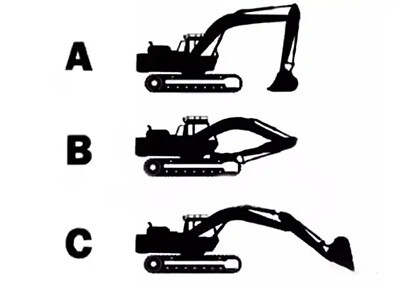In the operation of hydraulic excavators, mastering the control of lever movement is crucial for regulating speed and power effectively. Smooth transitions between lever movements ensure stable and efficient excavator operations, preventing sudden accelerations and machine instability.
Excavating soil efficiently requires adjusting the bucket teeth angle to match the bucket's path, ensuring smooth penetration into the soil. It's also important to fill each bucket fully before excavating the next for optimal efficiency. When dumping soil, tilting the bucket slightly prevents spillage due to inertia, and utilizing both bucket and arm motion speeds up unloading.
Leveling the ground involves precise coordination between arm and boom operations to maintain a straight bucket movement, ensuring a smooth surface. This fundamental skill requires practice and experience to master and is essential for efficient excavation work.
Excavating trenches demands high technical proficiency to maintain a straight path and a smooth bottom surface with controlled slopes. Proper alignment and depth measurement are crucial for accurate trenching. In tight spaces, careful positioning and angle adjustments are necessary to avoid collisions and ensure successful trenching operations.
Navigating challenging terrains and environments with heavy machinery requires adherence to specific protocols for safety and efficiency. Whether traversing steep slopes, negotiating soft ground, or working in waterlogged areas, understanding proper techniques is essential. By following established procedures and exercising caution, operators can mitigate risks and ensure smooth operations.
After completing a day's work, correctly parking the excavator is essential for extending its lifespan. There are three common parking methods:

A: The boom is positioned vertically, with the bucket fully overturned and the teeth resting on the ground. This method is space-efficient, facilitates hydraulic fluid level inspection, and deters theft.
B: Used during transportation, both the boom and bucket are fully retracted to minimize footprint. However, it exposes cylinders to external forces, increasing the risk of damage.
C: Both the boom and bucket are extended to their maximum limits, providing effective cylinder protection, especially in adverse weather. This method is recommended for long periods of inactivity but occupies more space.
In summary, operating hydraulic excavators requires mastering control lever movements, efficient soil excavation techniques, precise leveling skills, and proficient trenching methods. Navigating diverse terrains demands adherence to safety protocols and proper parking procedures to ensure equipment longevity.
